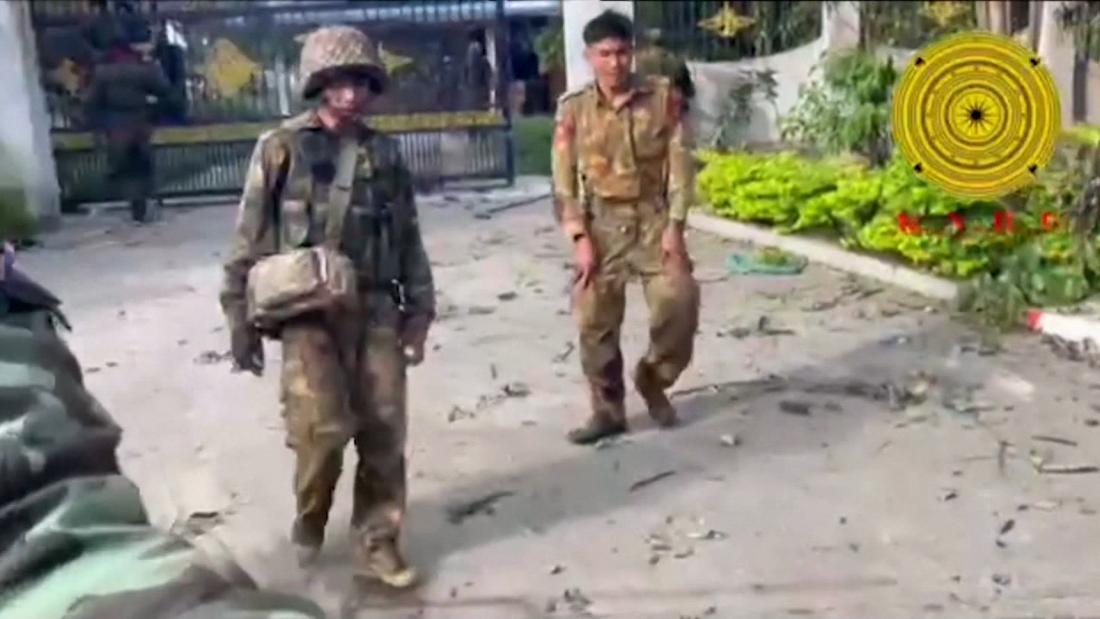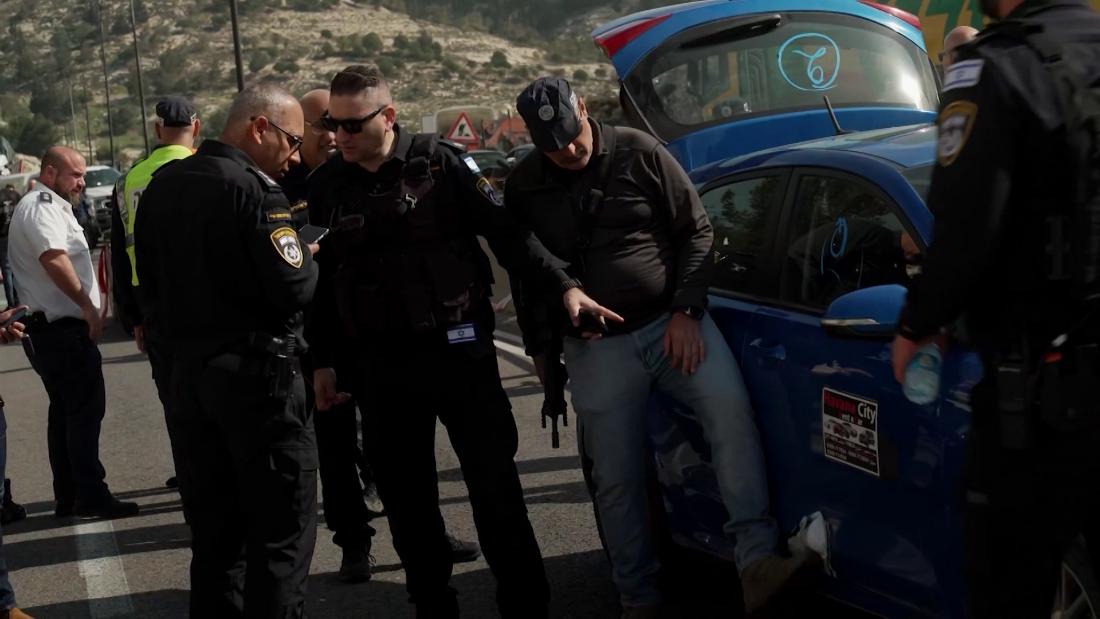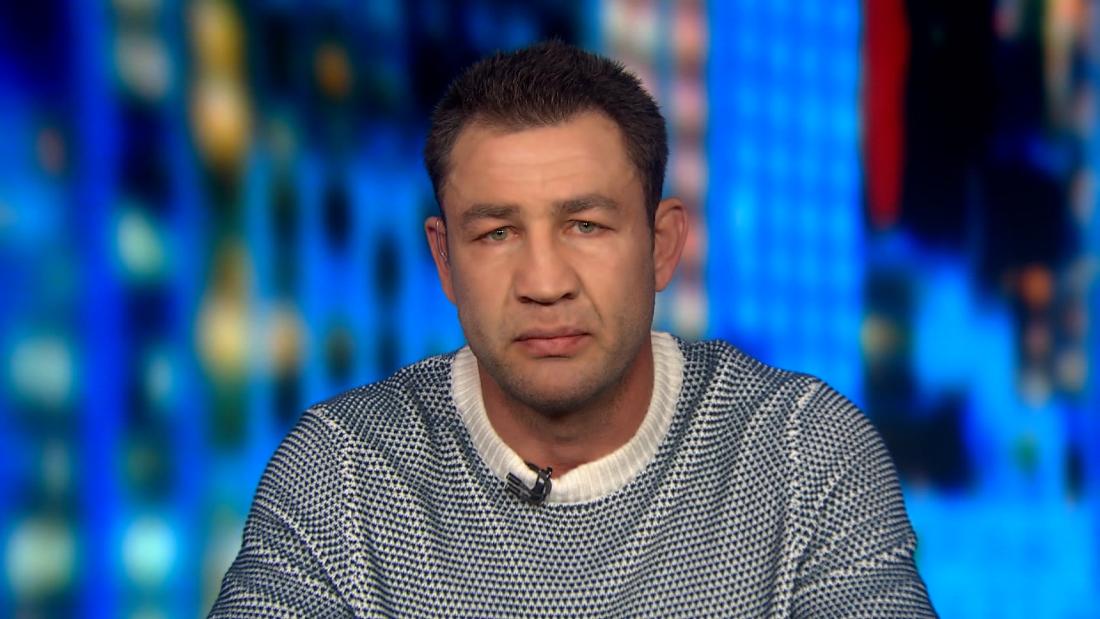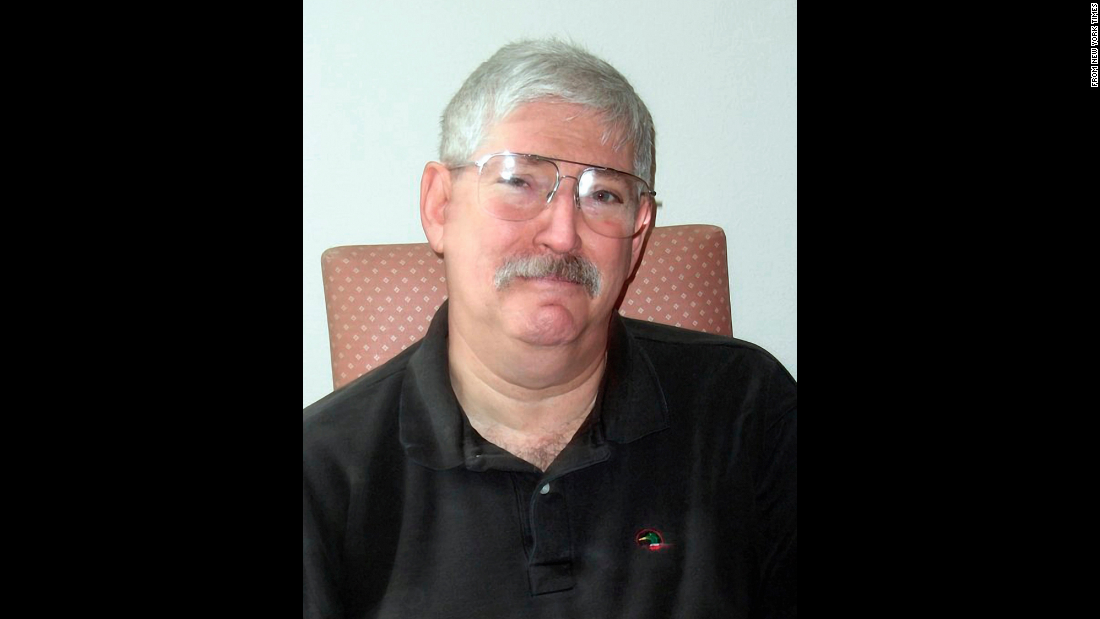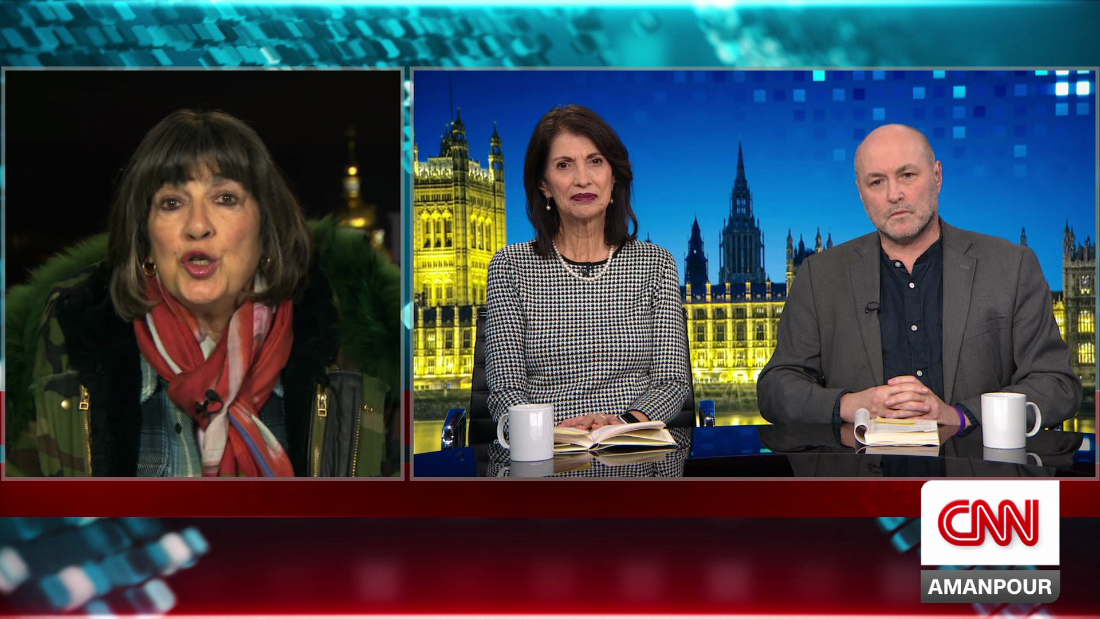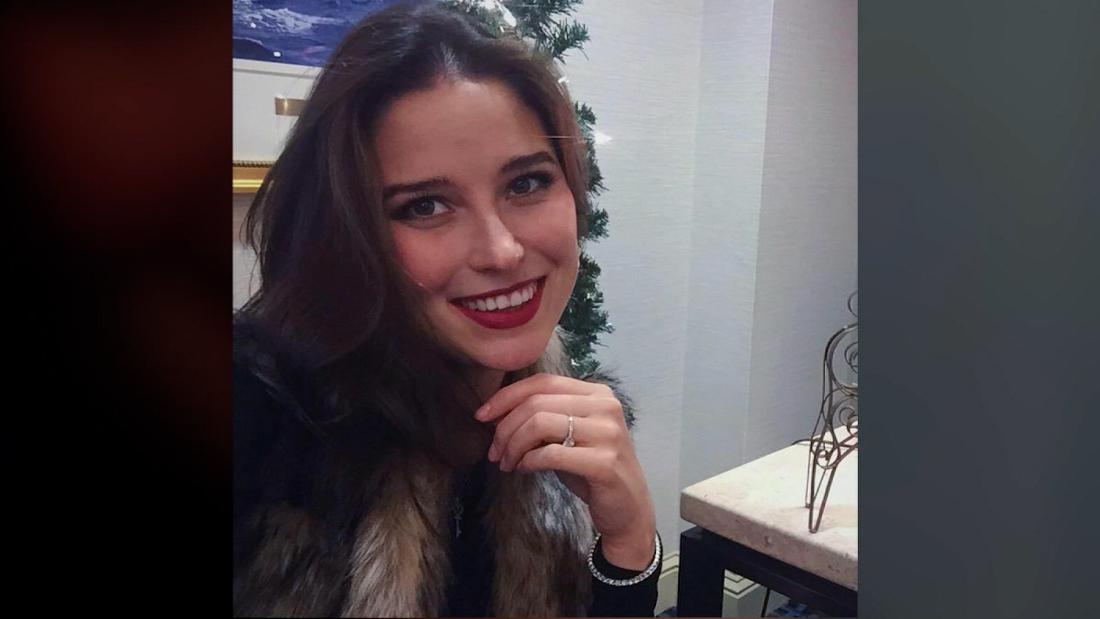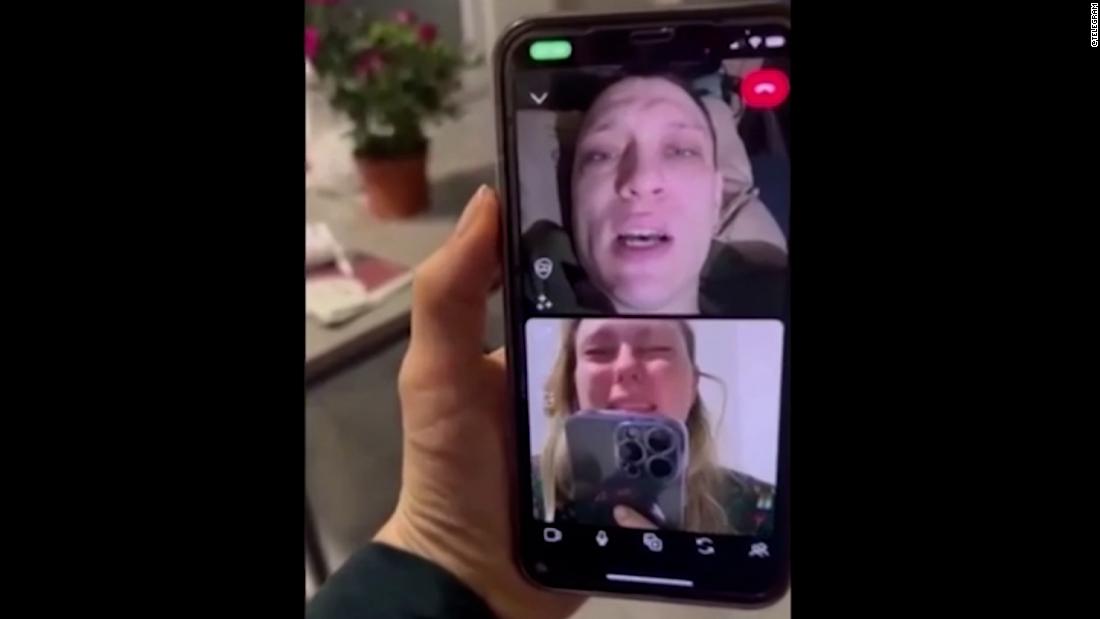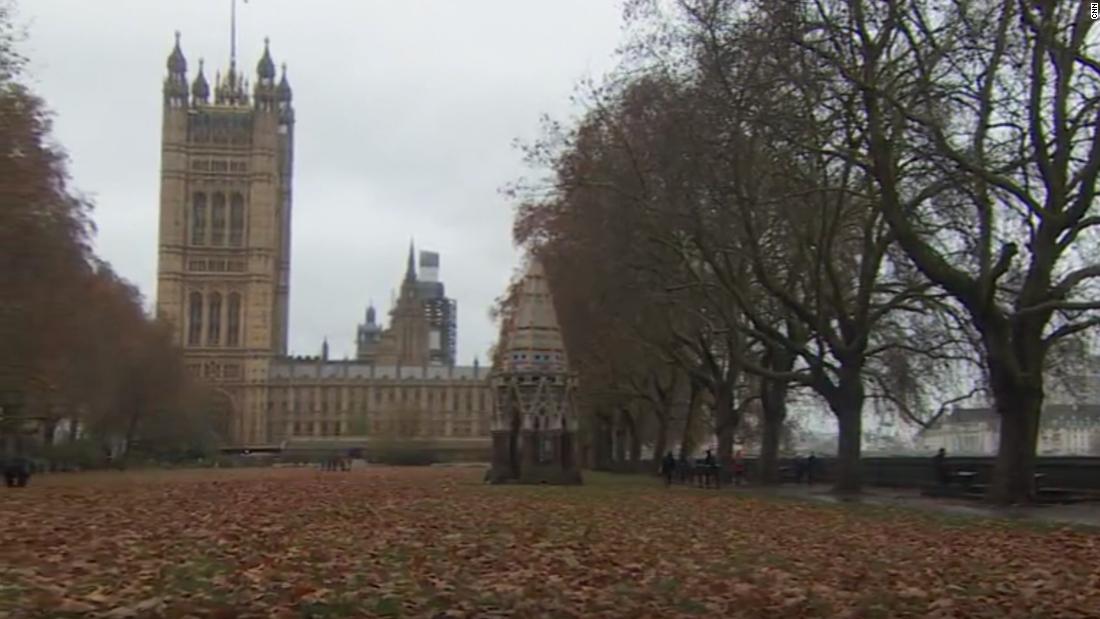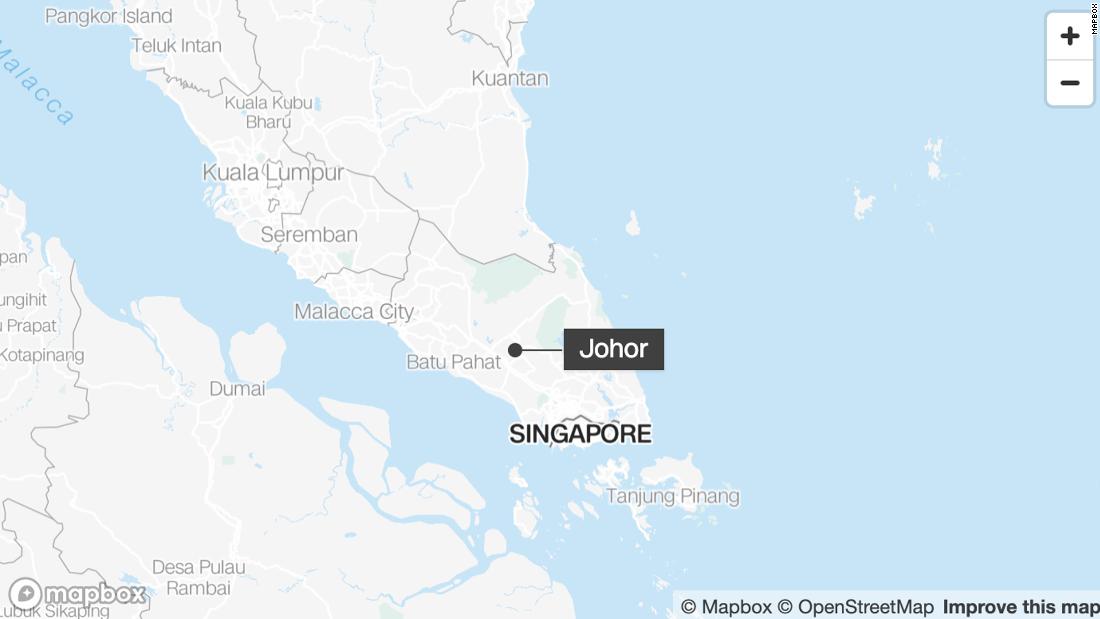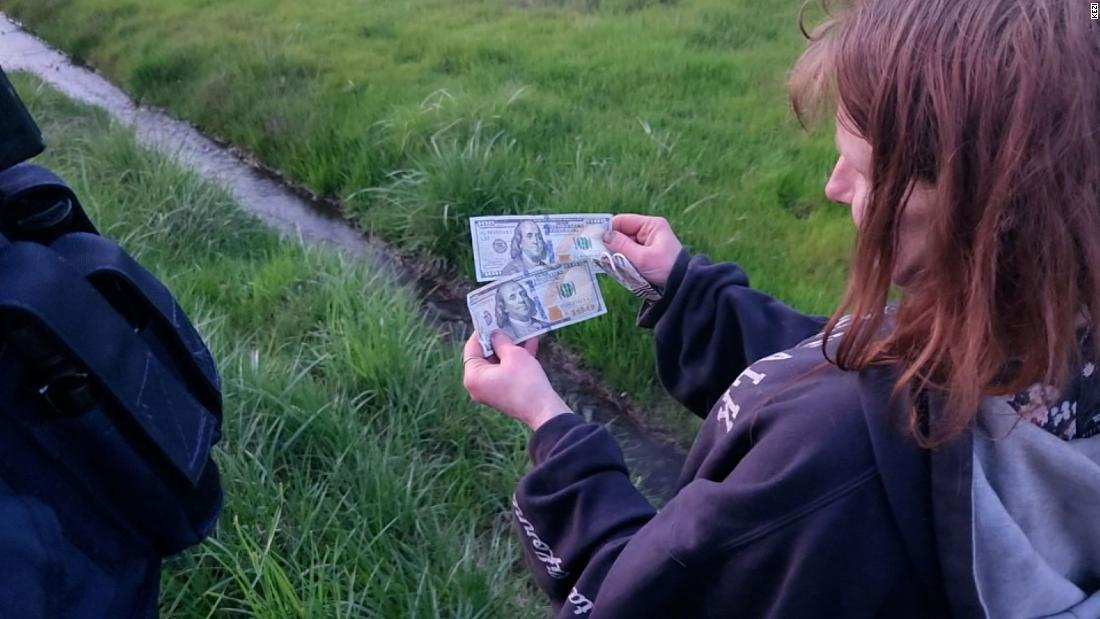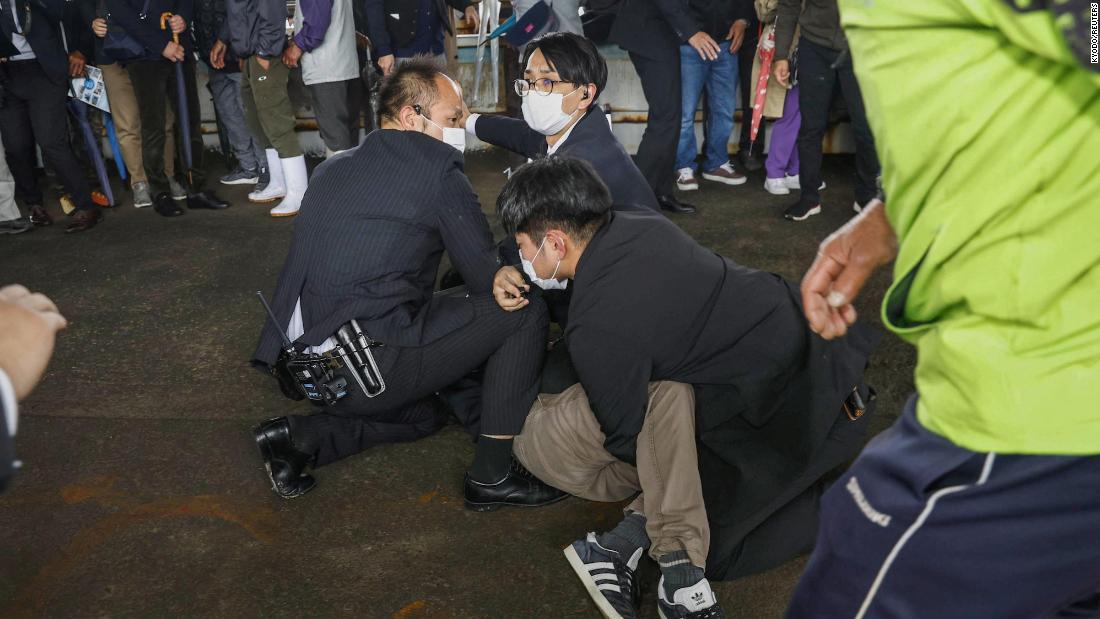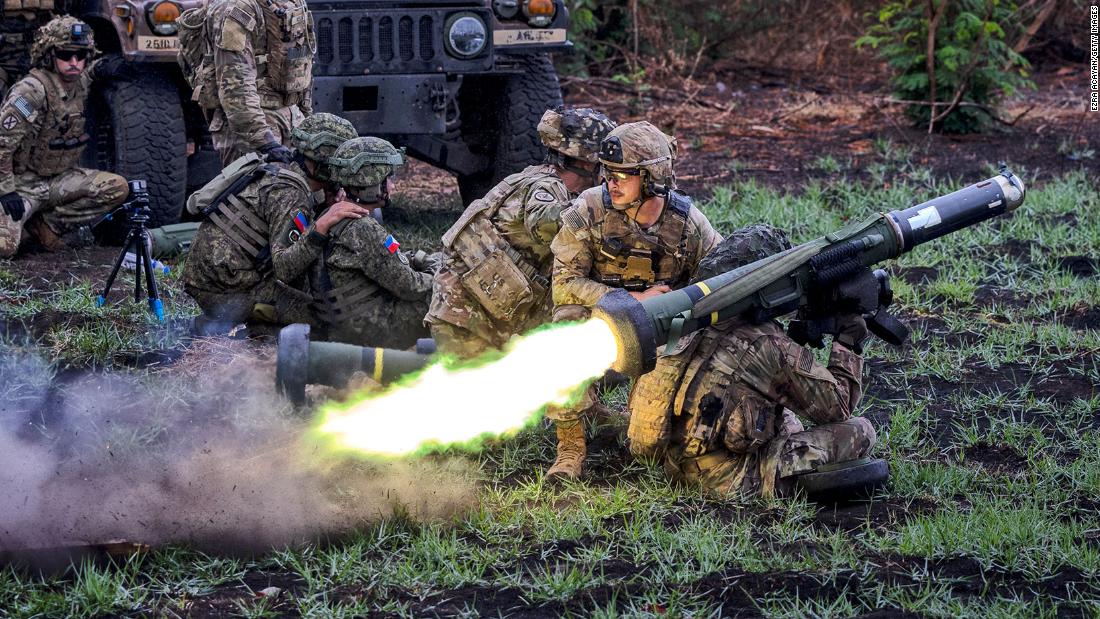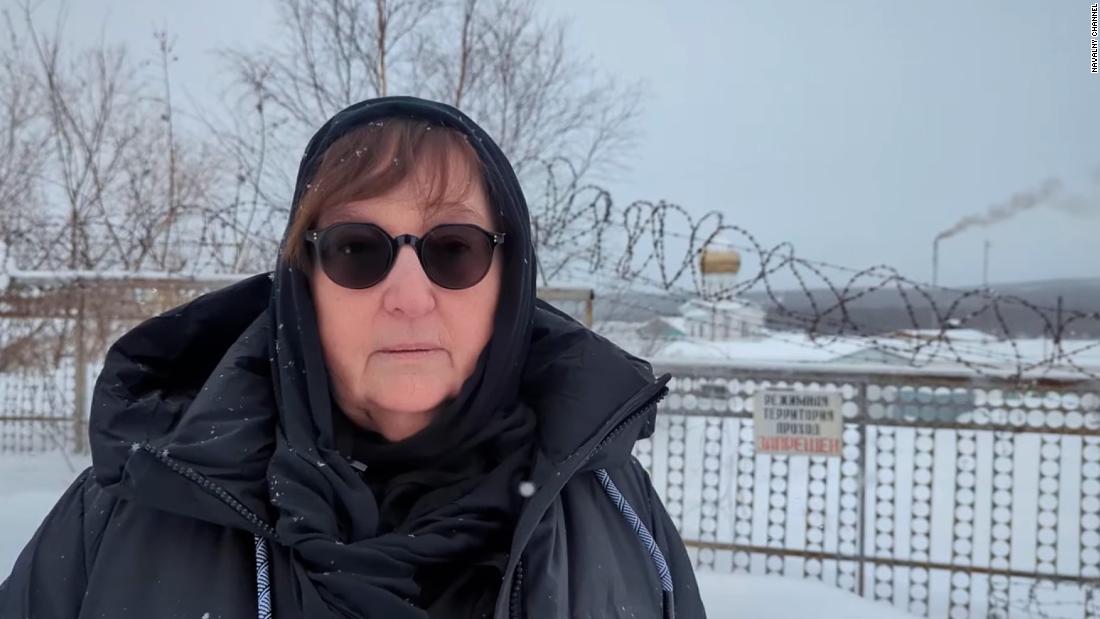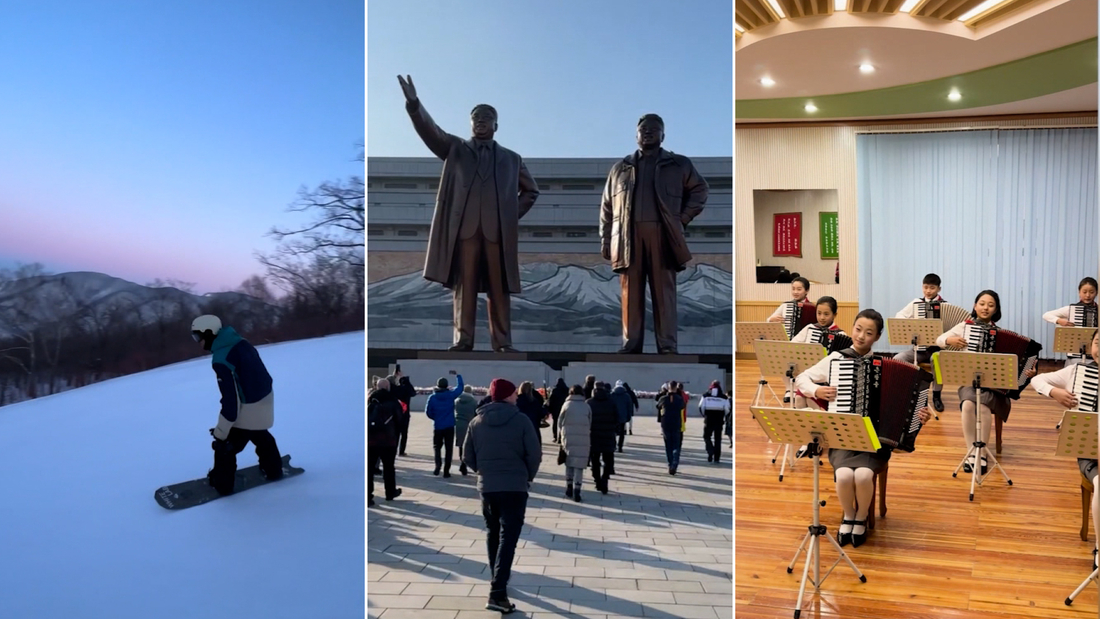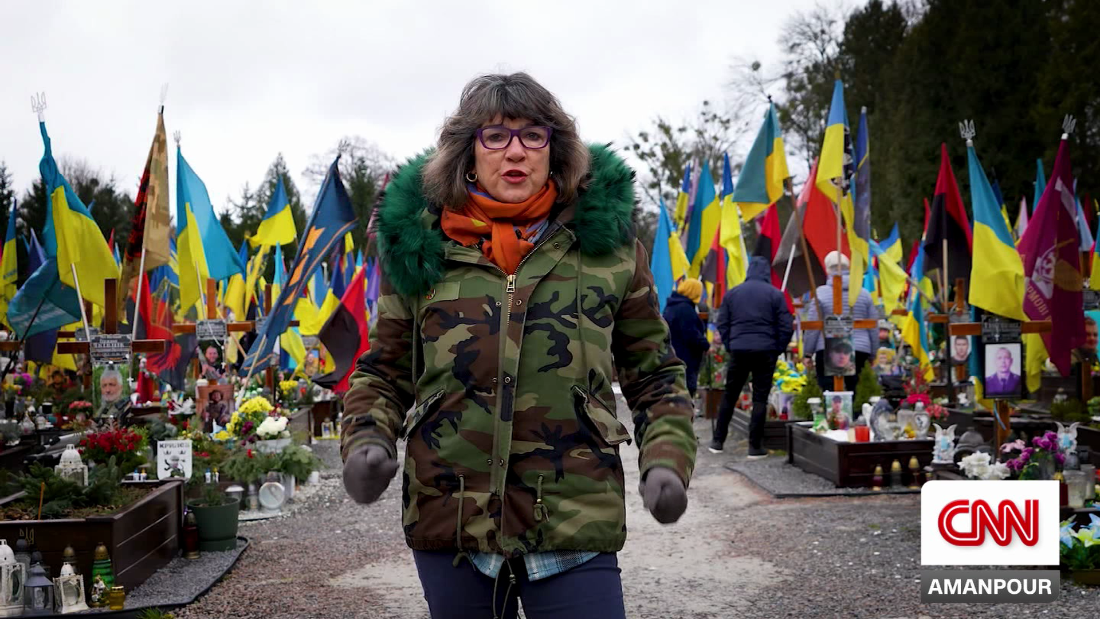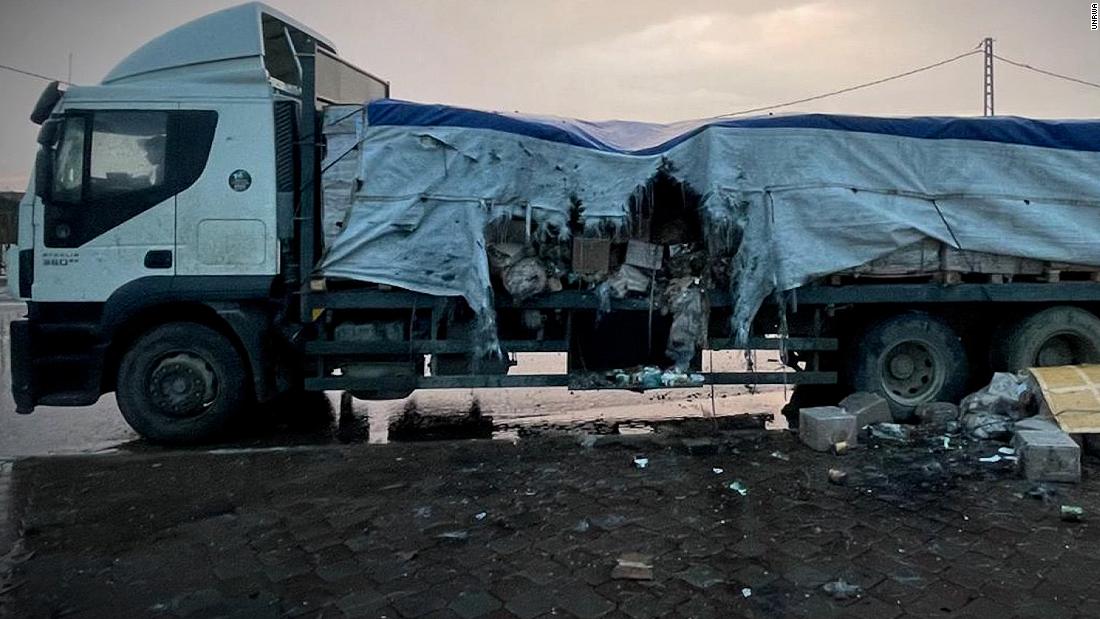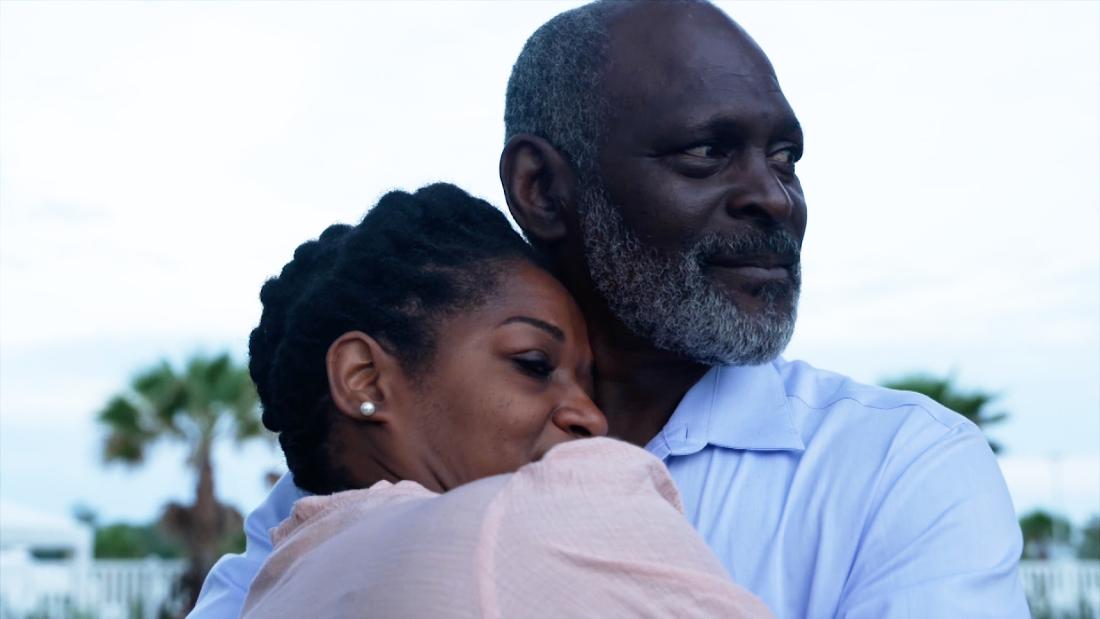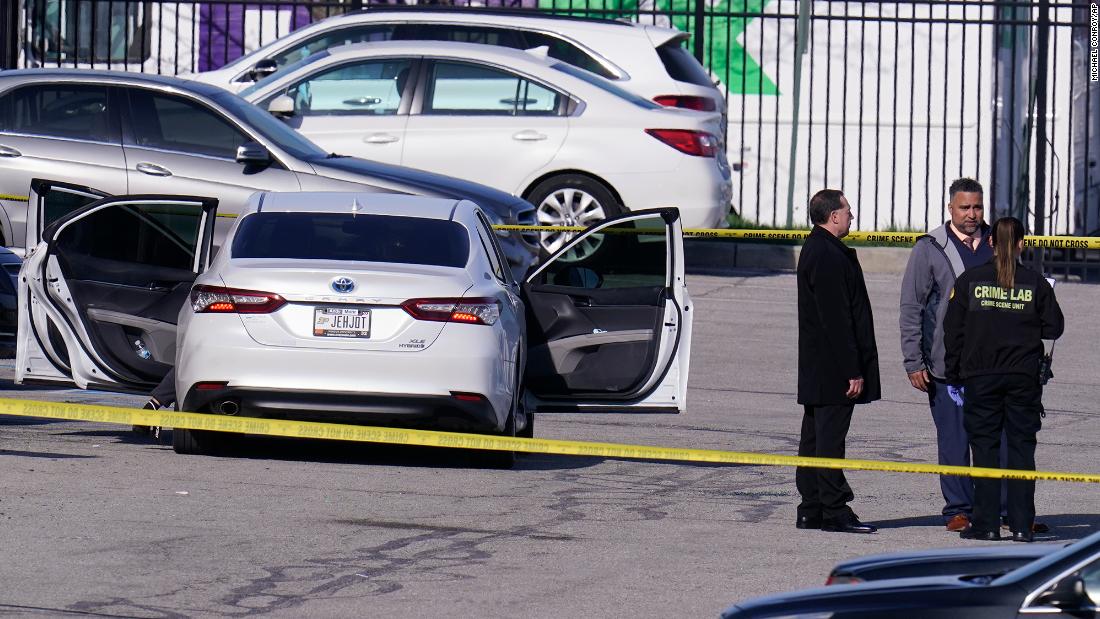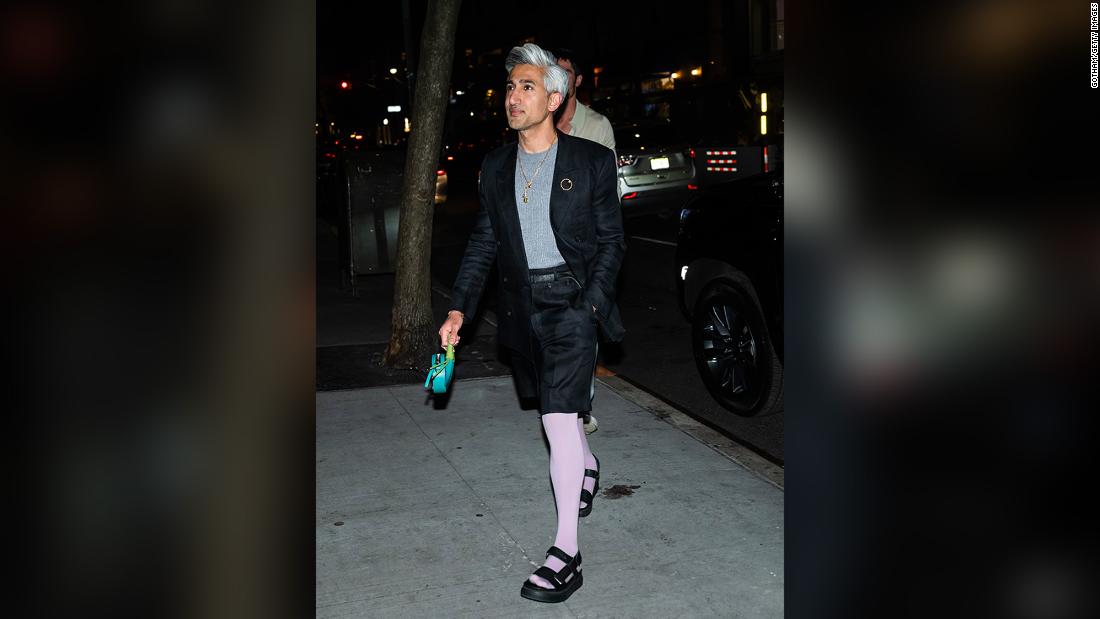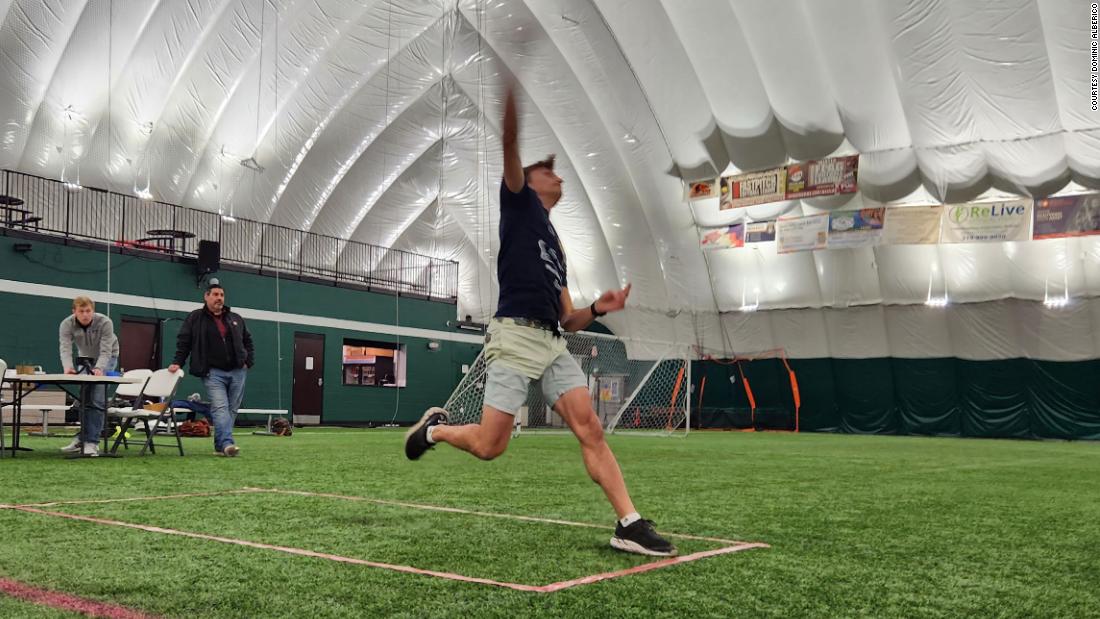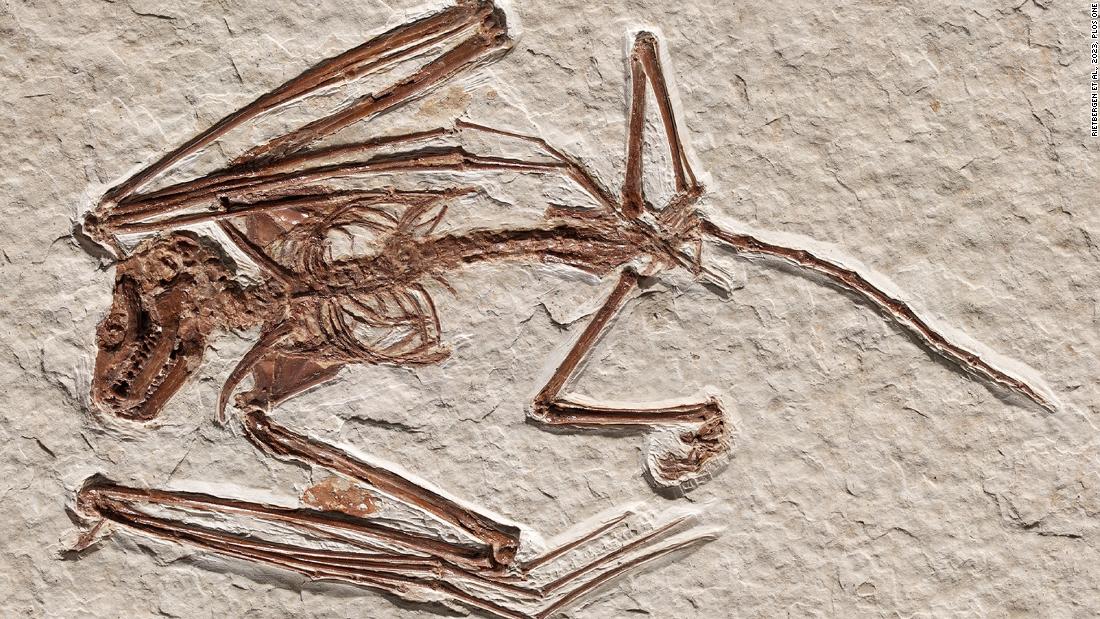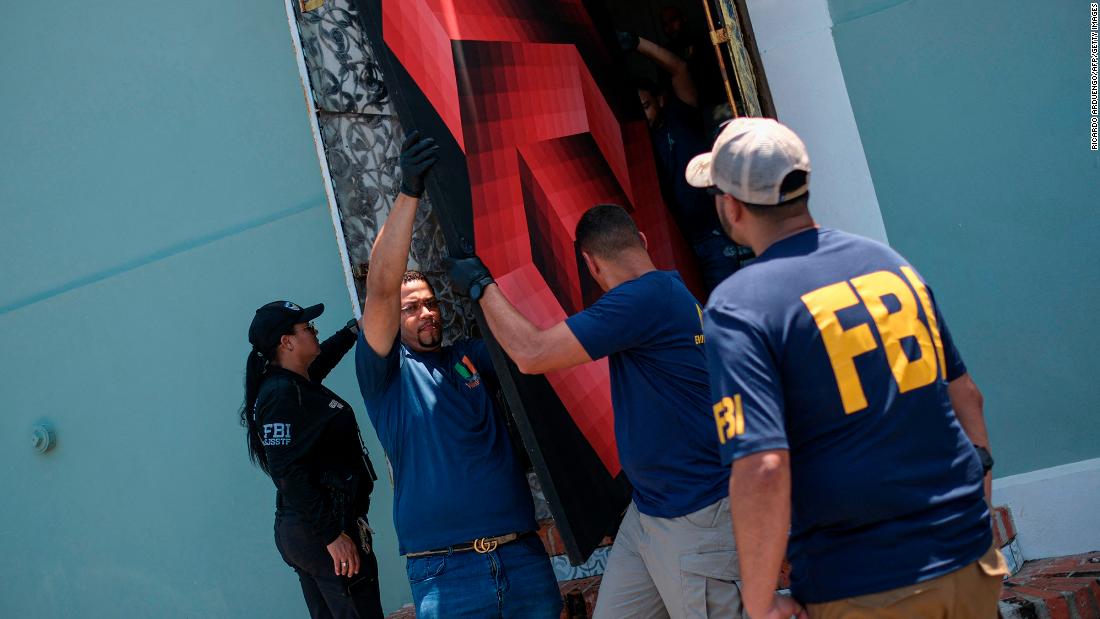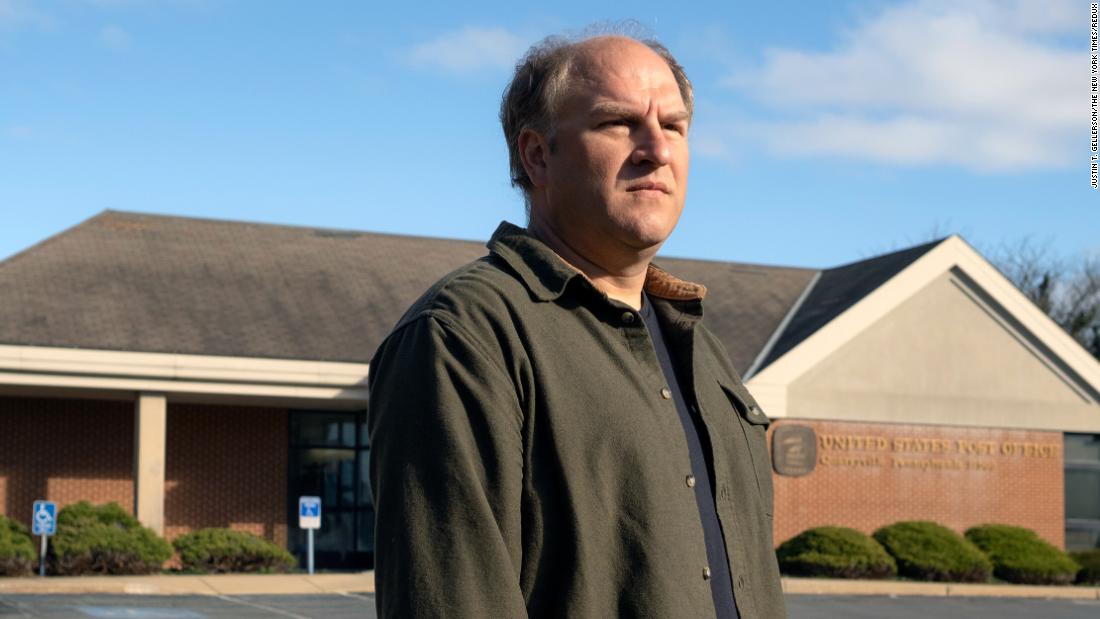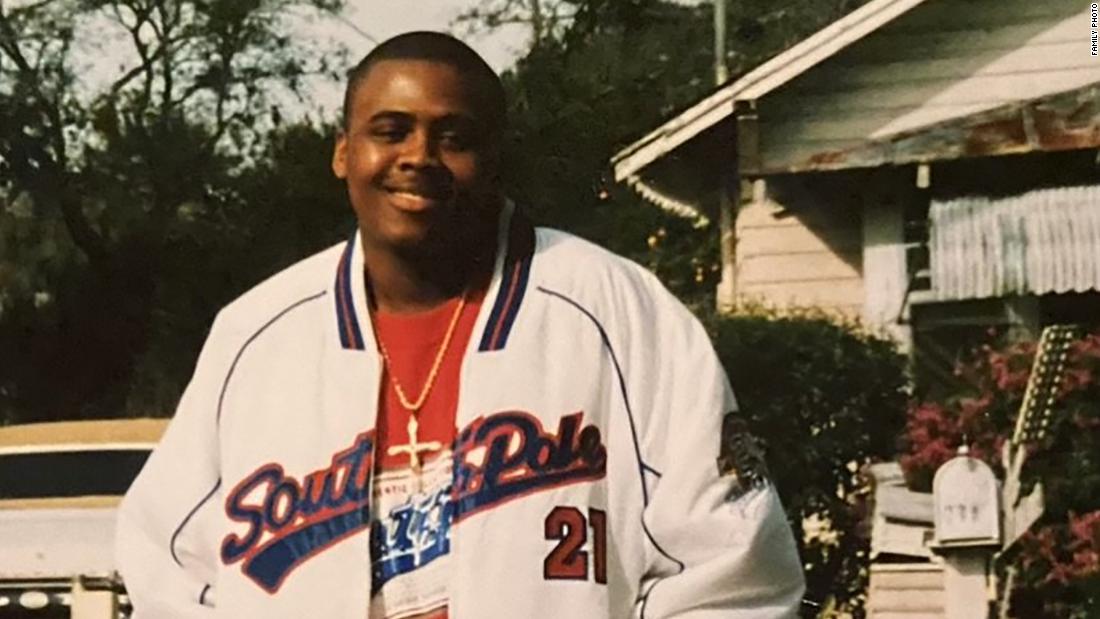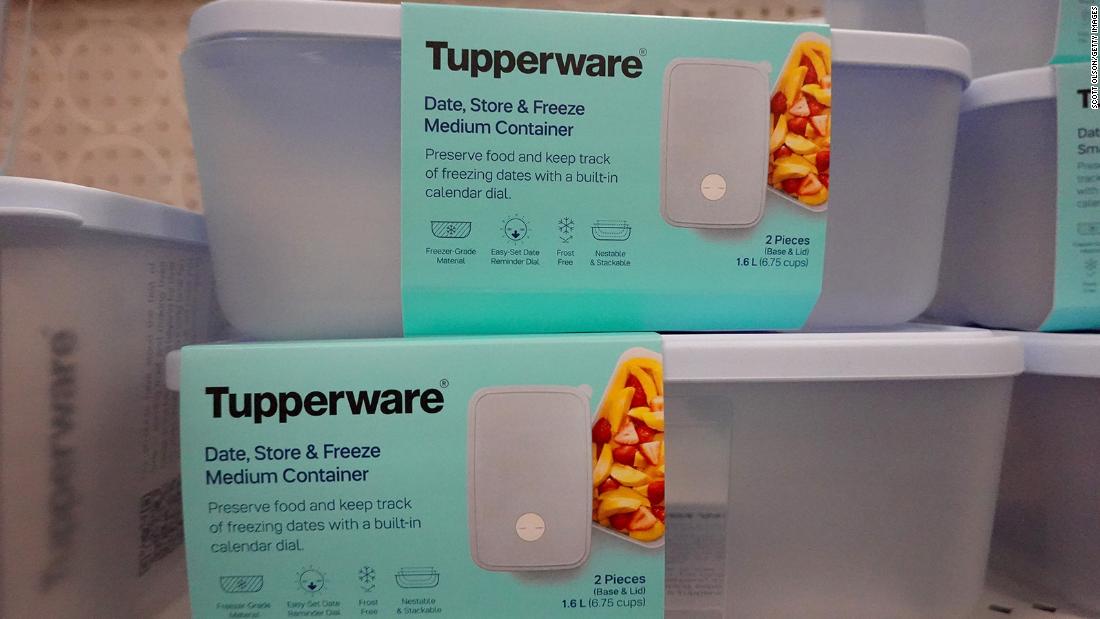HALF a century after the Yorkshire Ripper’s reign of terror, sex workers are still working the same danger-plagued streets – and fear every night could be their last.
Just a stone’s throw from where evil Peter Sutcliffe prowled for victims, women ply their trade to punters in Bradford, West Yorkshire.
Ian Whittaker – The SunSerial killer Peter Sutcliffe arriving at Frimley Park Hospital in 2015[/caption]
Peter Sutcliffe murdered at least 13 womenRex
Wilma McCann was his first victimGetty Images
NB PRESS LTDPatricia Atkinson, 32, was Sutcliffe’s fourth victim but the first to be slain in Bradford – the flats where she died are now derelict[/caption]
The city’s deprived Manningham area remains a gritty red-light district almost five decades after serial killer Sutcliffe first struck.
Three of his 13 known murder victims came from Bradford, and the women who still work the patch tell The Sun that the Ripper’s shadow has never lifted.
‘Nothing has changed’
Mum-of-three Sarah, 30, said: “Fifty years on, what’s changed? Nothing.
“It’s still really dangerous to be out on the streets. You don’t know whose car you’re getting into.
“You don’t know if you’re going home at the end of the night. You don’t know if you’re going to end up in a hospital.
“Every time I get into a car, I don’t know if I’m coming back out.”
Sutcliffe lived just north of Lumb Lane in Bradford’s red-light district, where he would often drive around watching the women working the streets.
Desperate to lose his virginity, he was tricked out of £5 by a sex worker, and in a fit of rage, returned with a brick in a sock – only to attack the wrong woman by mistake.
You don’t know if you’re going home at the end of the night
Sarah, 30
Experts believe it was on these streets that the violent, troubled Sutcliffe transformed into the Yorkshire Ripper.
Patricia Atkinson, 32, was Sutcliffe’s fourth victim but the first to be slain in Bradford, in 1977.
The sex worker met Peter in Lumb Lane before being killed with a hammer in her flat on Oak Avenue.
The long-derelict block of flats – now a haven for antisocial behaviour – remains frozen in time as a haunting reminder of the Ripper.
Young mum Yvonne Pearson, 21, was battered with a hammer in 1978.
Her body was hidden under an old sofa on a grassy embankment just streets from her home, not far from Lumb Lane.
The Ripper’s third Bradford victim was 20-year-old student Barbara Leach, whose murder in 1979 displayed how Sutcliffe’s violence extended beyond prostitutes.
Barbara was just 20 years old when she diedGetty Images
NB PRESS LTDBarbara Leach was dragged into this alley and stabbed[/caption]
NB PRESS LTDThe flats where the killer struck are now abandoned[/caption]
NB PRESS LTDSyringes and used condoms laying in the street[/caption]
The lorry driver was for years able to carry on his brutal reign of terror in part because police attitudes saw sex workers as dispensable and only took the case seriously once “innocent young girls” had been killed.
Sarah, who has worked the streets since age 14 after being groomed and hooked on drugs, accused police of similar failings today.
Her aunt Shelley Armitage, 31, was one of three sex workers butchered by self-proclaimed Crossbow Cannibal Stephen Griffiths in 2010.
The monster, who used power tools to dismember victims, revered and meticulously studied the methods of Sutcliffe.
‘Cops saw us as dispensable’
Sarah said: “I’ve been sexually assaulted, beaten, robbed so many times. You tell the police – they don’t do nothing. So you stop reporting it. What’s the point?
“They don’t care. They never have.”
“I’m not a bad person. People think us prostitutes, we’re thieves, we’re liars, we’re horrible, we’re nasty, but we’re not. We’re really not. We’re just human beings that are lost.
“I didn’t choose this life for myself. People think we just woke up one day and thought we’d become prostitutes and get hooked on drugs.
“No-one wants to do what we do for £30 a go. There’s no pleasure in it, there’s money in it.
“We just scrape by,”
Another sex worker, who asked not to be identified, said the fear of violence remained constant.
She said: “I grew up learning about the Ripper. The first car that I ever got in, I was s***scared.
“And, you know what, to this day, 20 years later I still get that feeling.
“It’s a constant fear every day that I could be the next victim.
“I’m dying to get out of it. I’m done with this. I’m sick of it.”
During Sutcliffe’s killing spree, women’s groups accused police of institutional sexism.
I’ve been sexually assaulted, beaten, robbed so many times. You tell the police – they don’t do nothing. So you stop reporting it
Sarah, 30
Some victims’ families were even told their loved ones had “brought it on themselves” by working as prostitutes.
The term “non-prostitute victim” was shockingly used to distinguish Barbara Leach from others.
Tracy Browne, who was bludgeoned with a hammer in Silsden, Yorkshire, in 1975, was ignored by police who doubted her story because her profile as a 14-year-old schoolgirl did not fit with senior officers’ theory about the killer’s motivation.
The brutal attack was not filed as a Ripper assault until Sutcliffe confessed to police in Broadmoor prison in 1992.
Nigel BennettMum-of-three Sarah, 30, said: ‘Fifty years on, what’s changed? Nothing.’[/caption]
Nigel BennettSarah has worked the streets since the age of 14[/caption]
NB PRESS LTDSex workers are still risking their safety on the city’s streets[/caption]
In his disturbing confessional, Sutcliffe admitted: “I saw this Tracy Browne. She didn’t look 15, she looked 19 or 20. She were all dressed up. She were walking slowly up this lane.
“I thought, ‘Oh, she’s probably one of these prostitutes’ because I had it in my mind Silsden must be full of prostitutes.
“Anyway, I hit her with a branch or something, didn’t really injure her, and threw her over a wall. I climbed over and I was thinking of bumping her off and this voice said, ‘Stop, stop. It’s a mistake’.”
Ms Browne, 62, said: “Sutcliffe was practising on me and as his cockiness increased, his crimes became more heinous.
“All his victims were real woman with real lives and real families.
“They deserve to be remembered for who they were.”
I do honestly deeply believe that there is still misogyny in the police and lessons have not been learned after all these years
Mo Lea, 65
That same disbelief shown from authorities is still part of life in Bradford, say the women who work those streets today.
Ms Hollins added: “People think we’re thieves, we’re liars, we’re horrible, we’re nasty, but we’re not.
“We’re really not. We’re just human beings that are lost.”
It is feared the Ripper, who died of Covid in 2020, was behind a shocking tally of unsolved cases that have remained dormant for decades.
A report after he was handed 20 life sentences in 1981 found that Sutcliffe could have been responsible for a further 13 offences.
Cases linked to the Ripper include Mo Lea, who almost had her spinal cord severed as he pinned her to the ground and assaulted her with a sharpened screwdriver.
Mo, 65, who was attacked in Leeds in 1980, warned that without real action the killings of Sutcliffe and Griffiths could be repeated.
She said: “I’ve always said if these victims had been men, lessons would have been learned. At the time in the 70 and 80s, women were deemed as second class citizens.
“And to this day, I still think that is the case.
“I do honestly deeply believe that there is still misogyny in the police and lessons have not been learned after all these years.”
NB PRESS LTDWomen working the streets where the Ripper hunted his victims say nothing has improved[/caption]
NOBODY TALKS ABOUT HIM HERE
A report after Sutcliffe was handed 20 life sentences in 1981 found that he could have been responsible for a further 13 offences.
The 1982 Byford report, made public in 2006, said: “We feel it is highly improbable that the crimes in respect of which Sutcliffe has been charged and convicted are the only ones attributable to him.”
It was revealed in 2017 that police interviewed Sutcliffe in jail about 16 unsolved attacks but they did not quiz him about any murders.
No charges were ever brought.
In 2020, West Yorkshire Police apologised for the “language, tone and terminology” used in the 70s to describe Ripper victims.
Force Chief Constable John Robins said the language used at the time was “as wrong then as it is now”.
He insisted that the force’s approach to investigations was now “wholly victim-focused”.
Yorkshire Ripper’s victims: What we know about women who suffered at fate of Broadmoor Hospital patient Peter Sutcliffe
By Owen Scott
Wilma McCann
Wilma was Peter’s first victim, whom he murdered on October 20, 1975.
The mum-of-four was reportedly seen leaving her home at 7:30pm, before heading to a pub for a night out with some friends.
She is believed to have been picked up by Peter in his car, who then killed her in the Prince Philip Playing Fields just five minutes away from her house.
Emily Jackson
Emily Jackson was just 42-years-old when she was murdered by Peter on January 20th, 1976.
She was working as a part-time sex worker when Peter drove her to an area near Manor Street Industrial Estate.
Like Wilma, she was killed by a hammer and then stabbed with a screwdriver. Emily was then found by a workman the next day.
Irene Richardson
Like Emily, Irene was a sex worker who was killed with a hammer by Peter but her death came almost a year after Peter had claimed his second victim.
She was a mum-of-three who was last seen near the Gaiety Pub, which was the same pub that Peter had kidnapped Emily.
Irene was killed on February 5, 1977, in Soldier’s Field before being found the next morning by a jogger.
Patricia Atkinson
Patricia was Peter’s fourth victim, but the first to be killed in his hometown of Bradford.
This forced the police to consider that the killer may be operating in a larger area than Leeds.
Patricia, known by friends as Tina, met Peter in the Red Light District before being killed with a hammer in her flat on Oak Avenue.
Jayne MacDonald
Jayne was just 16-years-old when she became Peter’s youngest victim.
She had been working as a shop assistant in Grandways Supermarket in Leeds before her death on June 26, 1977.
Jayne was returning from a night out when Peter followed her home and killed her.
Her body was found by a group of school children the next morning, who came across her body in the playground.
Jean Jordan
Jean was Peter’s first victim to be killed outside of West Yorkshire.
He met Jean in Moss Side, Manchester, on October 1, 1977, before killing her.
She was found eight days later by a local worker named Bruce Jones, who fans of the show Coronation Street may recognise as Les Battersby.
Yvonne Pearson
Peter’s crime spree continued into 1978, when he murdered 21-year-old prostitute Yvonne Pearson.
He killed Yvonne in his home town Bradford, on January 21, leaving her two-year-old Colette and five-month-old Lorraine without a mother.
They had been staying with a neighbour on the night that she was driven to a waste ground and killed.
Her body was hidden with a sofa and wasn’t found until March 26, just over two months after her disappearance.
Helen Rytka
By the time of Helen’s death, Peter was being referred to by the media as “The Yorkshire Ripper”.
He murdered Helen on January 31, 1978, just over a week after he murdered Yvonne.
Helen was only 18-years-old when she was killed in a timber yard but it took days for her body to eventually be found.
She had been working as a prostitute at the time of her death, just like her twin sister Rita.
Vera Millward
Vera lived in Hulme in Manchester, where Peter was only known to have struck once.
She was a mother-of-seven who had serious health problems, including only having one functional lung.
Vera was killed just outside Manchester Royal Infirmary, before her body was found the next day.
She had left home to meet a regular client, but instead got into Peter’s car on May 16, 1978.
Josephine Whitaker
Josephine worked as a clerk in Halifax, before Peter killed her with a screwdriver on April 4, 1979.
She was the tenth person to be killed by The Yorkshire Ripper, but her case was another turning point for the police.
A boot print, matching the ones left at Patricia Atkinson and Emily Jackson’s murders, was found next to her body which confirmed that the killer had struck again after a year of silence.
Barbara Leach
Barbara was a student at Bradford University and was just 20-years-old when Peter murdered her.
She left a shared home belonging to some friends in Grove Terrace on the night of September 1, 1979, when Peter began following her.
Barbara was then dragged into an alley and stabbed, but it took two days for her to be reported as missing.
Marguerite Walls
Marguerite left her office in Leeds later than usual on August 20, 1980, since she was preparing to go on holiday the next day.
The civil servant walked home through Farsley, which she knew was a brightly-lit way home.
However, unbeknownst to her, Peter had begun following her.
After killing her with a hammer and rope, Peter hid her body in the grounds of Claremont House where she was later discovered by some gardeners.
Jacqueline Hill
Peter’s final known victim was Jacqueline Hill, who was a student at Leeds University.
The Yorkshire Ripper murdered her just 100 yards from her flat, with the hammer and screwdriver that now typified his crimes.
Her body was found a day later.
Published: [#item_custom_pubDate]


















